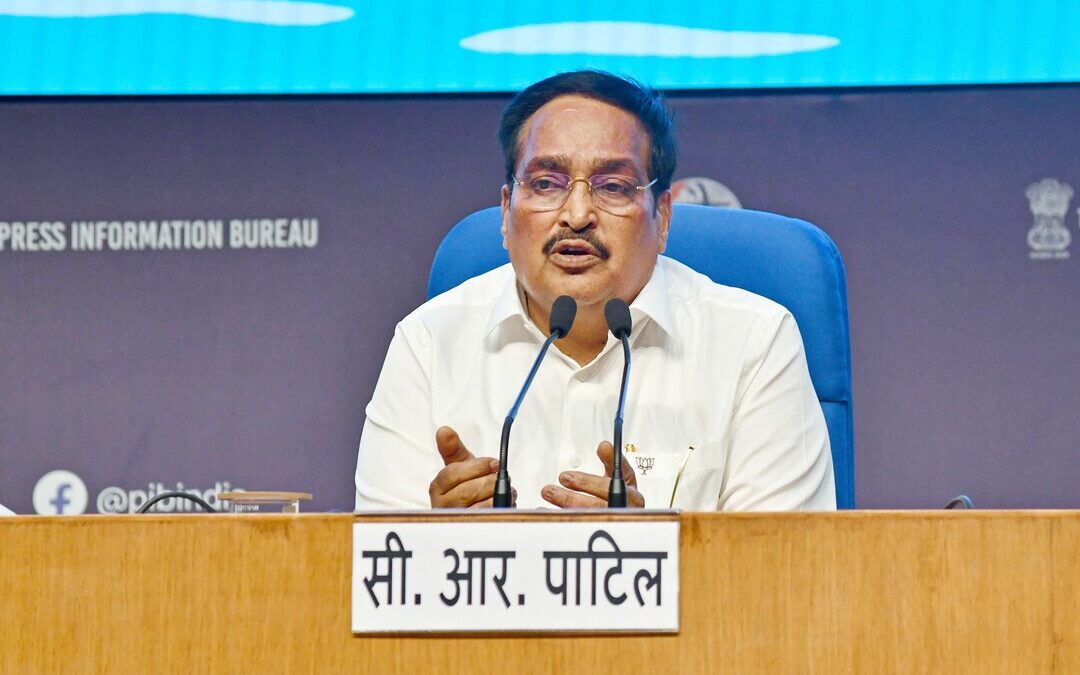India Eyes Smart River Management With Global, Tech Collaboration
India advances smart river rejuvenation with tech innovations, global collaborations and a renewed push under Namami Gange.
Union Minister of Jal Shakti C.R. Patil on Wednesday chaired a high-level review meeting in Delhi to evaluate technological and scientific innovations under the Namami Gange program, aimed at rejuvenating rivers across the country, with a special focus on small river systems.
The meeting brought together leading academic institutions and international collaborators, spotlighting innovations in Smart River Management, including real-time modelling, decision support systems and new strategies for groundwater recharge.
Innovation and Collaboration at the Forefront
Patil lauded the collaborative efforts between Indian institutions and global partners, including Denmark and the Netherlands. “The scientific depth and innovation demonstrated must now translate into on-ground impact,” he said, urging accelerated implementation of the solutions presented.
Researchers from IIT Varanasi and IIT Delhi, working under initiatives supported by Denmark and the Netherlands, respectively, showcased advancements developed under the Smart Laboratory on Clean Rivers and IND-RIVERS projects.
These focused on urban river rejuvenation strategies and introduced a decision support system designed for efficient, science-based management.
Decision Support Tools for Small River Management
A key highlight of the meeting was the presentation of the Small Rivers Management Tool, a DSS tailored for the Varuna River but designed for broader applicability.
It includes forecasting modules for population growth, water demand and supply, sewage loads, and sewage treatment plant planning.
Patil was briefed on the system’s secure and user-friendly interface, intended to assist policymakers with rapid, data-driven decisions for river and catchment area management.
Groundwater Replenishment and Pollution Monitoring
The session also introduced Managed Aquifer Recharge as a modern groundwater strategy, leveraging real-time hydrogeological modelling to enhance river base flows.
The minister reviewed two advanced projects: Hydrogeological Modelling of the Varuna Basin and Fingerprint Analysis of Emerging Pollutants in the Ganga Basin, which employ technologies such as FloaTEM and LC-HRMS.
These approaches aim to provide a scientific edge in detecting and managing pollutants in India’s rivers.
Roadmap for a Centre of Excellence
IIT Delhi presented a proposal to establish a Centre of Excellence under the IND-RIVERS initiative, in collaboration with the National Mission for Clean Ganga and the Dutch government. The CoE is envisioned as a hub for research, training and startup incubation in the water sector.
Key focus areas will include digital twin technologies, artificial intelligence-based geospatial modelling, water quality enhancement and treatment of pollutants like plastics.
The union minister reaffirmed the government’s commitment to a “Nirmal aur Aviral Ganga,” stressing the need to scale these innovations across India’s river systems for a sustainable and water-secure future.
Also Read:
Clean Ganga Mission Approves 2025 Plan to Boost Urban River Rejuvenation
Nirmal Menon
Related posts
Subscribe
Error: Contact form not found.


